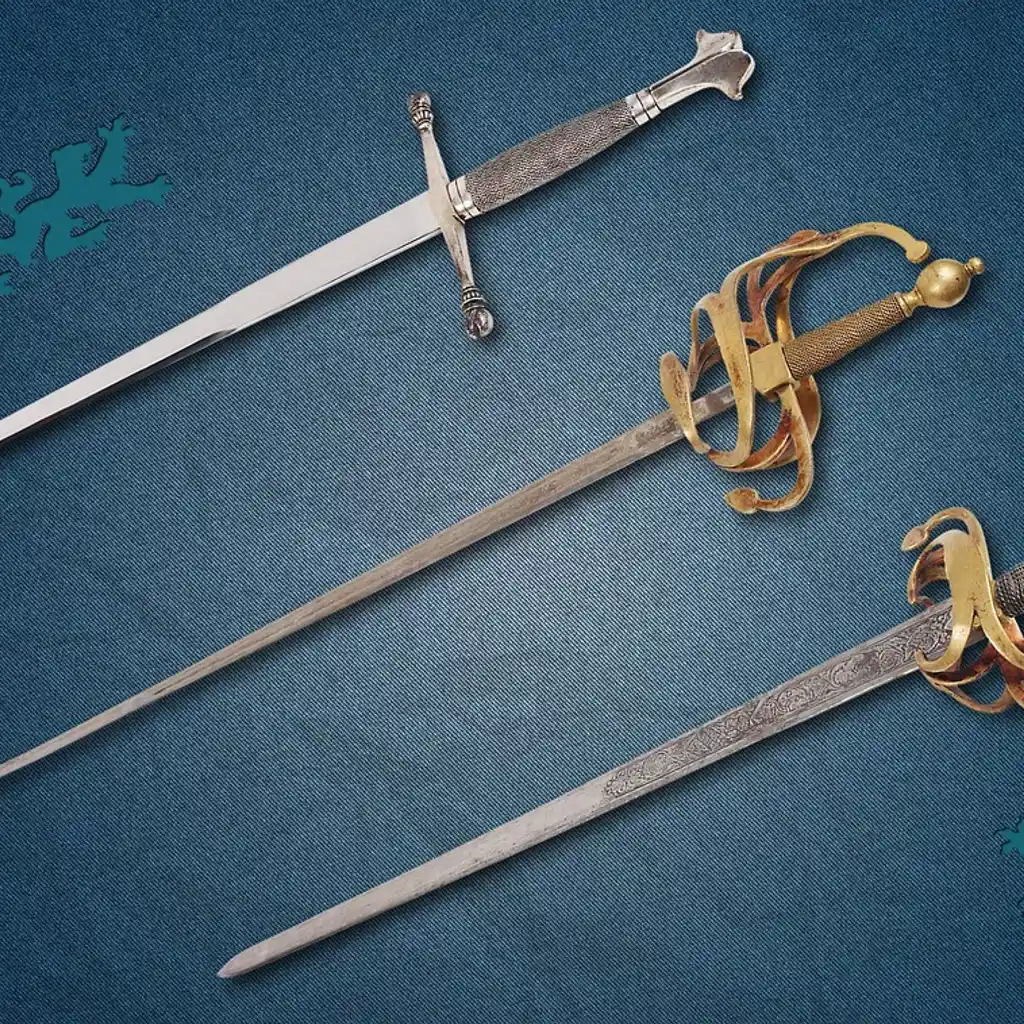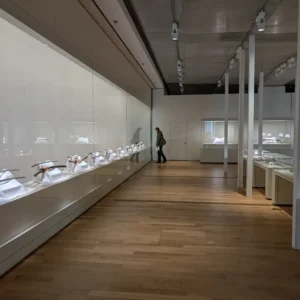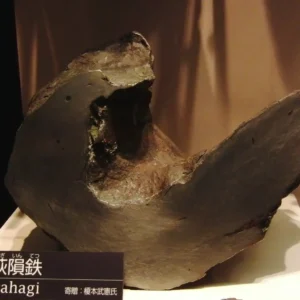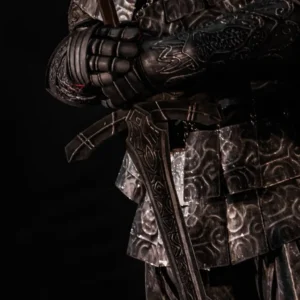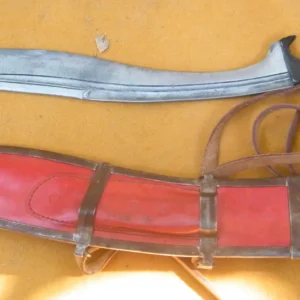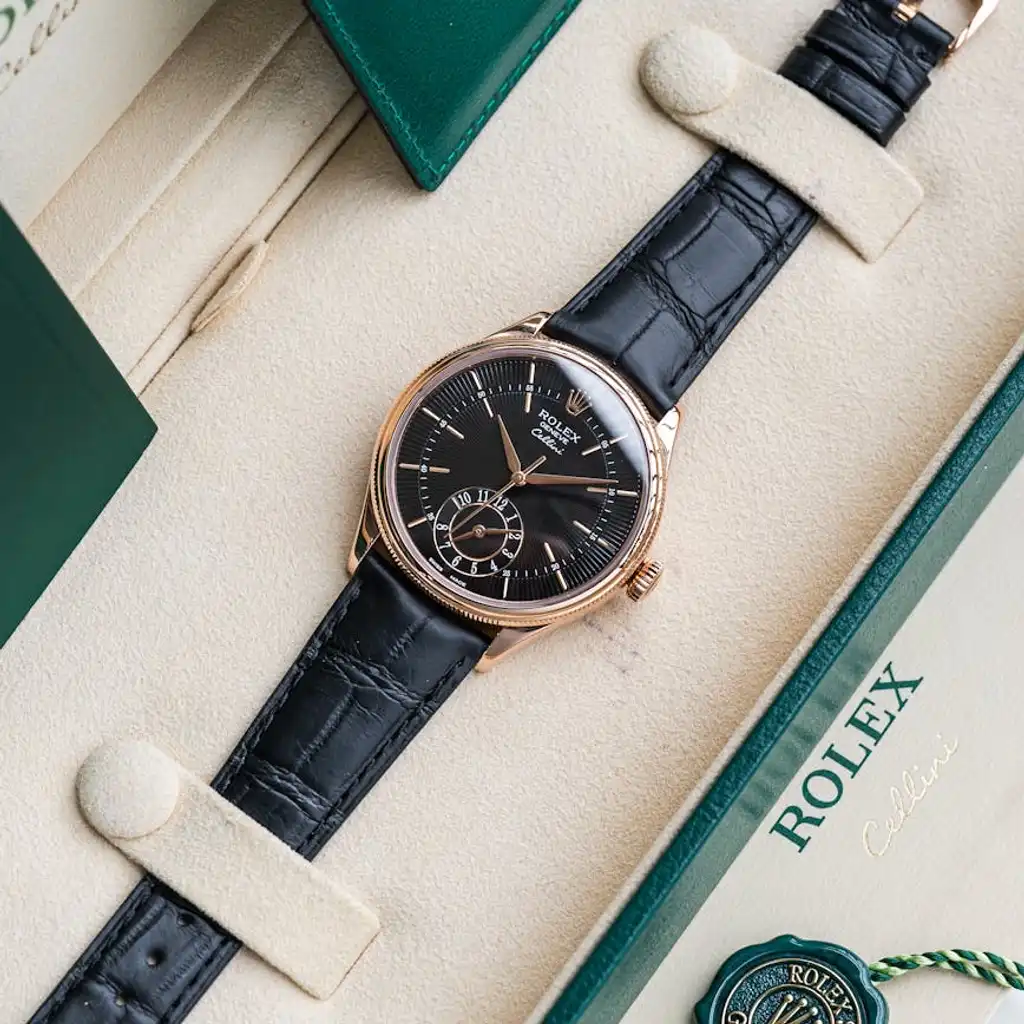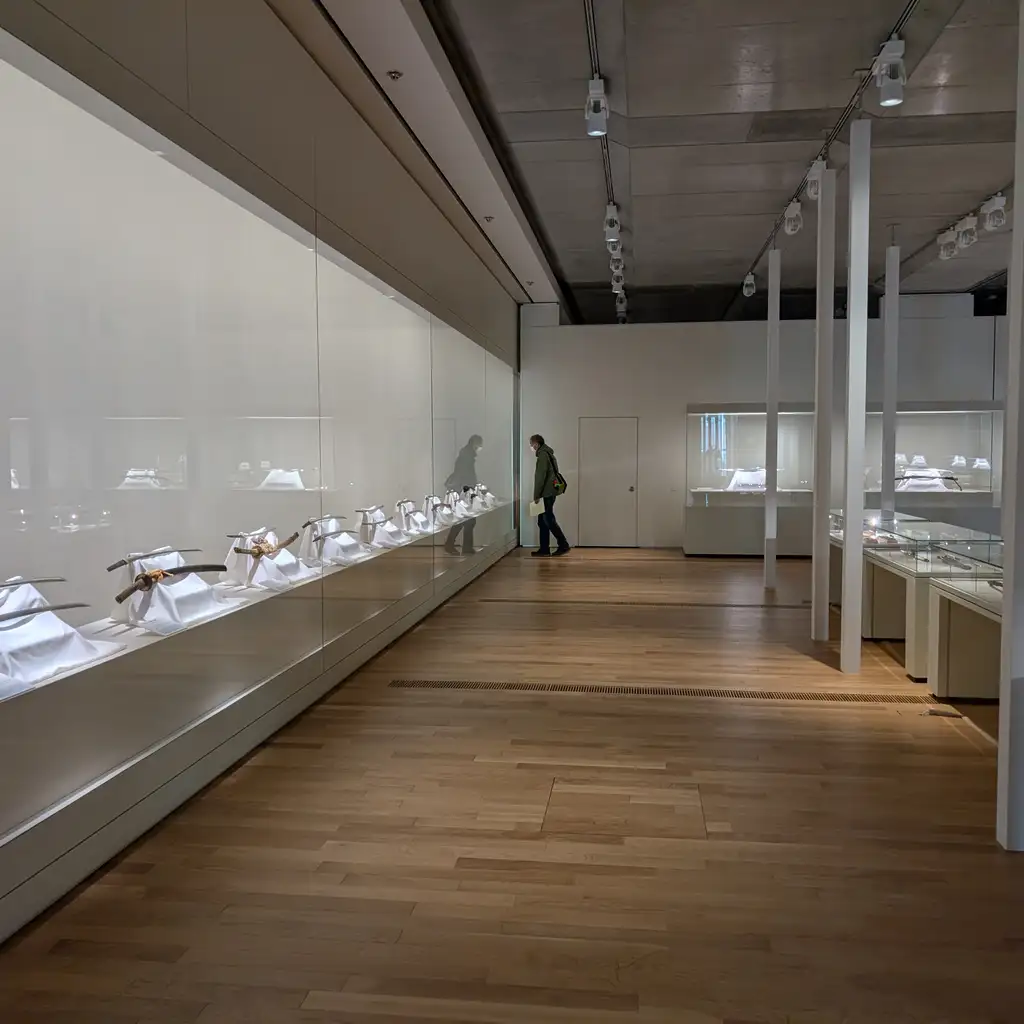With traditions that span millennia, Japanese blades come in many forms. The most widely collected is the katana because of its association with the samurai. Japanese swords, collectively called nihontõ, are classified by the eras in which they were made: jokoto are ancient blades made until 900 AD; koto (“old swords”) were forged until the late 1600s; shinto (“new swords”) date to end of the Koto period to the late 1700s; shinshinto (“new, new swords”) cover the era until the latter half of the 1800s; and gendaito are modern swords made until 1945, when American forces banned sword making in Japan after the end of the Second World War. Shinsakuto, swords of the present era, are not intended for war and, consequently, are less valuable than those with some history.
The tsuba, the guard at the end of a blade’s handle, was usually ornate and have become highly collectible themselves.
When looking for a piece to start or add to a collection, the senator and sword collector Juan Miguel “Migs” Zubiri says that it’s best to research as much as possible before committing to a purchase as some swords, particularly the newer ones, might not be worth the asking price.
“What I look for when I purchase a samurai sword is its authenticity. If you have an eye for swords, you can tell if it’s a new one or not,” he says.
Zubiri has been fascinated by swords and knives since his early years, and has gathered a large collection of blades from his travels.
“The telltale signs for a brand new sword made by a knife manufacturer or some sort of movie prop is the use of a lot of plastic, the use of a lot of alloys—things that would not have been used a hundred years ago in Japan,” he explains.
Zubiri says that the most valuable sword he owns is a shinshinto acquired from a police captain from Tokyo. The sword bears the signature of its maker at the tang, the part of the sword that is covered by the handle, and is authenticated by the NBTHK. Zubiri adds that it is also possible to authenticate these pieces in the US, where a Japanese sword convention is held regularly.
A traditionally made katana can be disassembled, and the signature of the swordsmith is usually found at the tang, the part which is covered by the grip.
Some collectors acquire companion blades, such as the shorter wakizashi and tantõ, a small dagger. Knives forged using traditional methods also interest collectors, along with loose parts of nihontõ, such as the tsuba, the usually ornately decorated guard at the end of the handle.
Japan has made an effort to bring its old swords back to their home country, an initiative that the NBTHK has actively pursued and been successful at for the most part. There is, however, a potential trove in the Philippines. During the Japanese Occupation, military officers were equipped with swords that denoted their rank, much like old times. Though most of these blades were machine made, a few officers descended from samurai families opted to use their ancestral swords by dressing the heirloom blade in newer fittings. So, there may well be antique swords in the country waiting to be found.
A samurai’s honor was said to reside in his sword, and collecting these blades from the past ages is like owning a piece of history.
The name shinshinto (new swords) was given to blades made from the late 1700s to the latter part of the 1800s. While hardly new by today’s standards, these swords were considered part of a different era, and belong to a different tradition from all other swords that were previously made. During this period, which falls largely under the Edo era, Japan was mostly at peace and there was a significant focus on the development of the arts. Sword makers developed different styles, and began to incorporate more intricate designs in their creations, some even adopting a flashier style of creating the edge.
This particular shinshinto was acquired by Zubiri from a former Police captain from Tokyo, who could trace his roots back to a samurai family.
